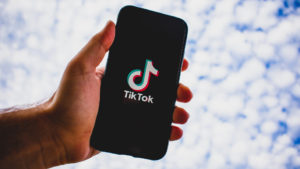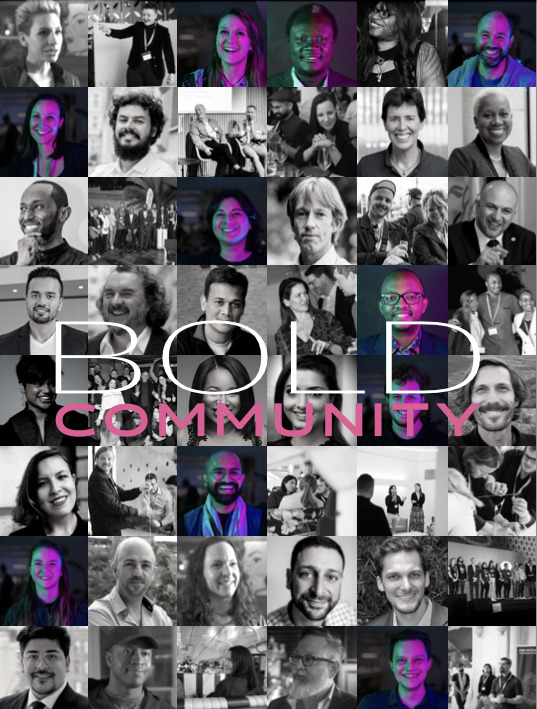Clubhouse Hits 10 Million Users

Elon Musk has been there, Mark Zuckerberg too, and a lot of other more or less famous people can be heard there almost every day: In some circles, Clubhouse has become an integral part of the social media orchestra. A wide variety of virtual panel discussions are regularly held in the audio app, even if the initial euphoria now seems to have died down again after just a few weeks.
But how many people actually use Clubhouse? The first thing that’s fixed is that a maximum of 5,000 accounts can listen in a „room,“ as the sessions are called. But how many users are there in total? Austrian developer Roman Mittermayr (TwentyPeople), who lives in London, found out by tapping into the app’s Private Search API and then getting the current number of all users who can be found via search every hour. This results in the following growth curve:

The total user numbers from Clubhouse, which Mittermayr collects every hour, show that the app reached ten million users over the weekend. The growth in user numbers is not exponential, as some observers thought (1 user invites two new ones), but rather linear. But still: Within just four days, Clubhouse has grown from 8.6 to 10.6 million users. This growth is apparently enough for investors to value the app at one billion dollars.
That’s quite a lot for a new app, but of course very small compared to the user numbers that Facebook or Twitter can boast. Both social networks are officially („Spaces“ on Twitter) or unofficially working on Clubhouse competitors. So the same effect occurs that always happens when a new social app excites several million users: The big players copy it.
Shadow profiles
What you should also know about Clubhouse, though: The app is pretty aggressive about reading address books from users‘ smartphones. Only those users who share the contact information from their own address book are allowed to invite new users to it. Thus, there are many many shadow profiles of people in the app who do not even use it.
The fact that Clubhouse collects data from people who don’t even use the app is easy to see. In the prominently placed Invites section, you can find a list of people you can invite to the service. They are noted by name, and not only that: their phone numbers are matched with the address data of other users, so Clubhouse can calculate how many contacts of these people already use Clubhouse. The app could calculate a social graph.
This feature also means that not only the names and phone numbers of friends who do not use Clubhouse end up in the app, but also those of companies, business contacts or family members. This kind of data collection is nothing new on the social web – Facebook, WhatsApp or Linkedin also use cell phone and e-mail contacts to grow their networks.





























